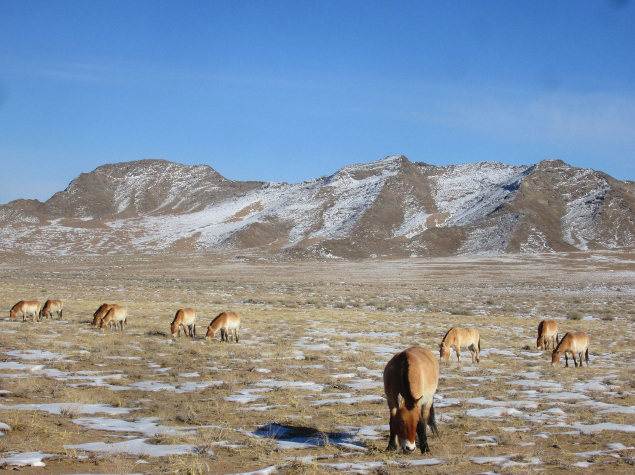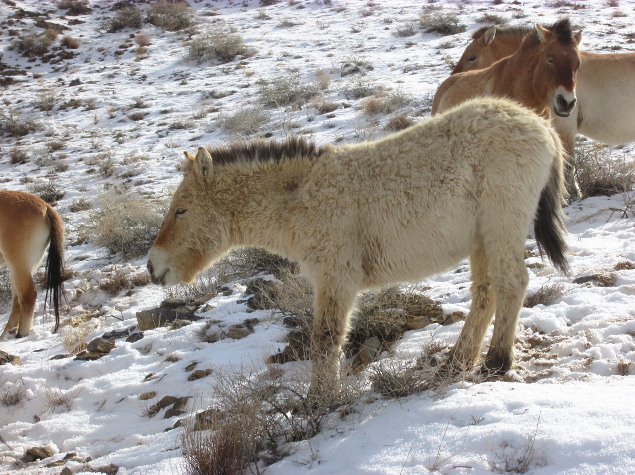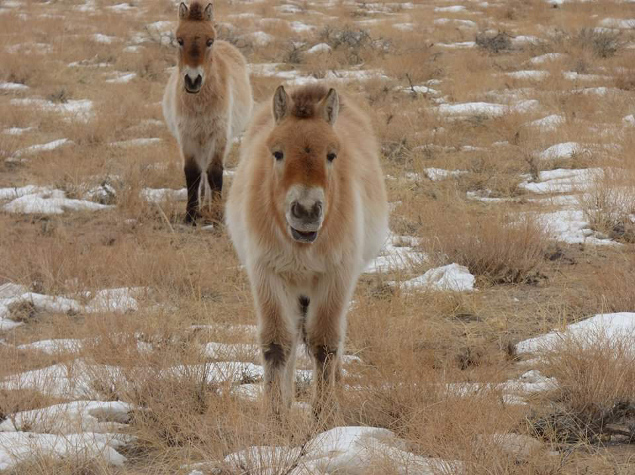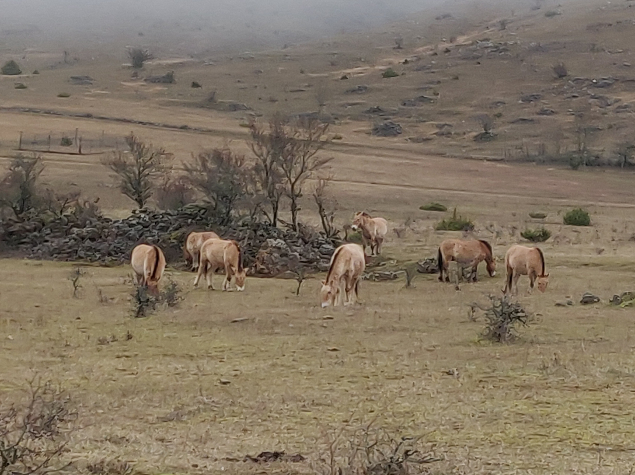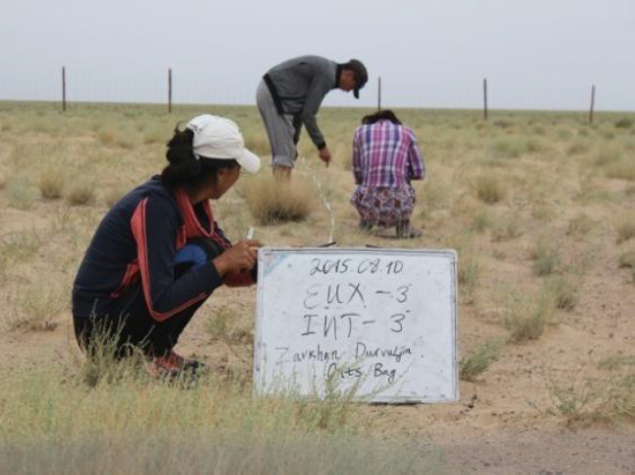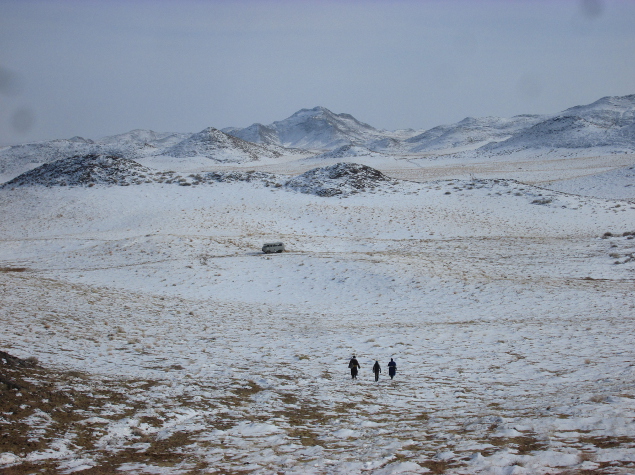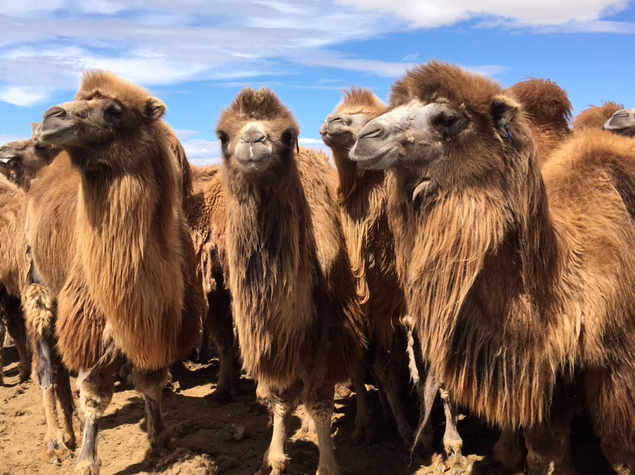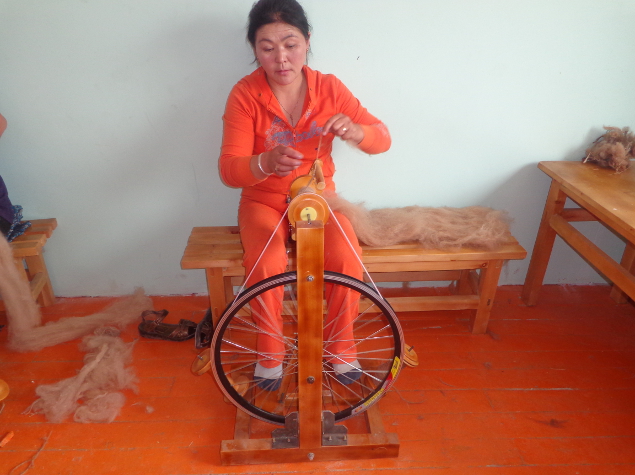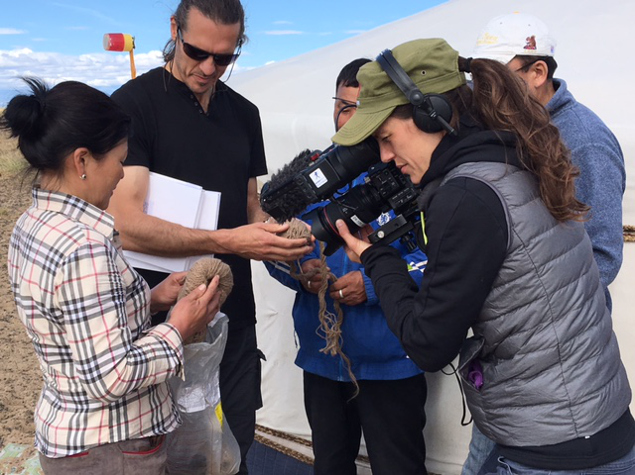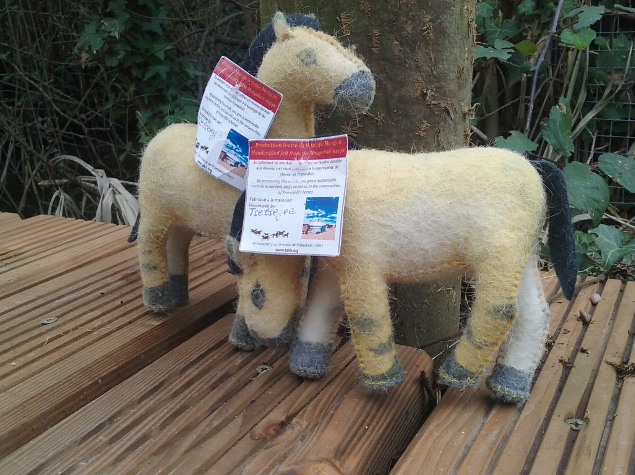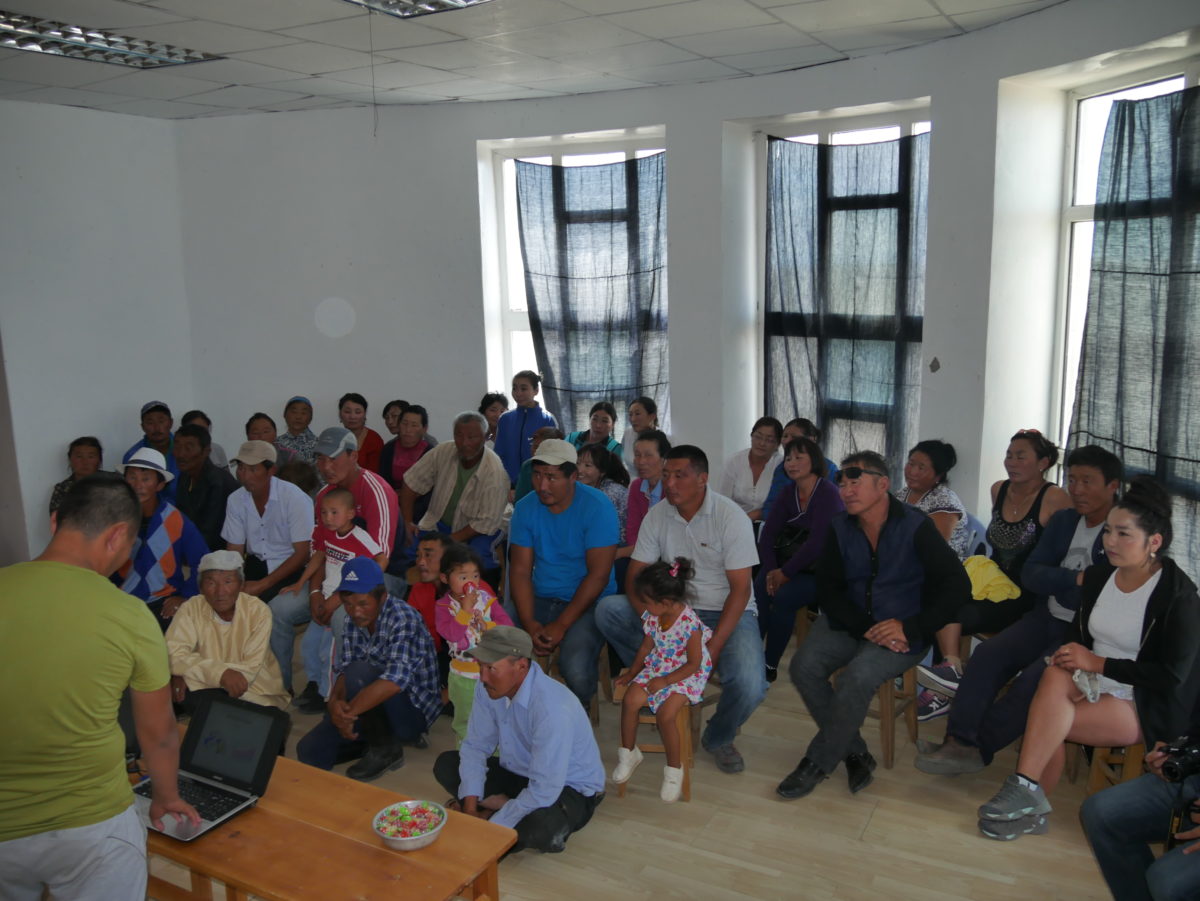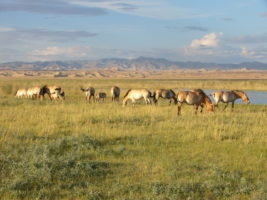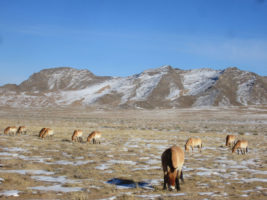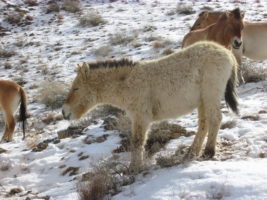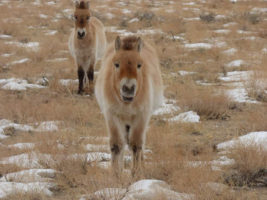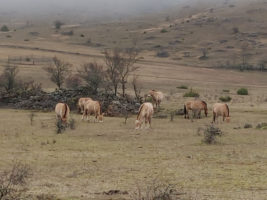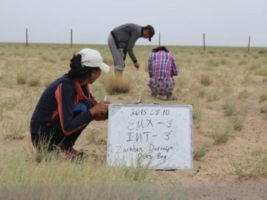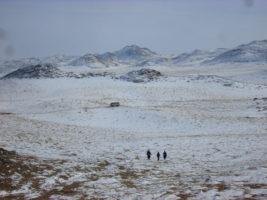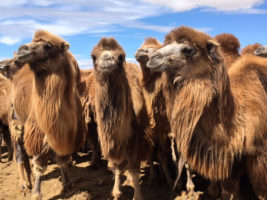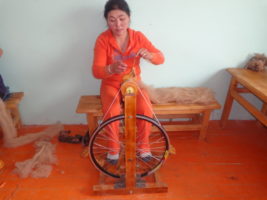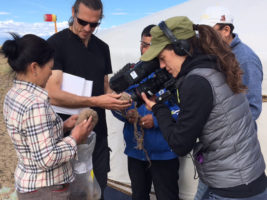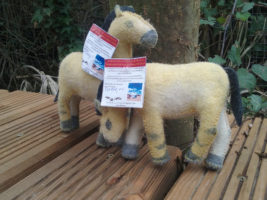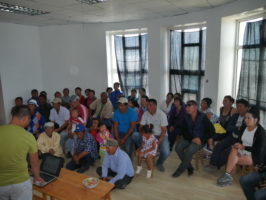Ensuring the sustainability of reintroduction of the Przewalski’s horse
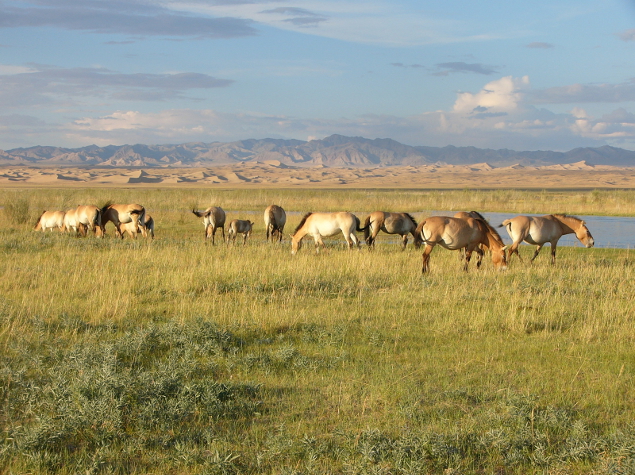
In 1990, Dr. Claudia Feh founded the “Association pour le cheval de Przewalski” (TAKH) in France with the goal of reintroducing the Przewalski’s horse to its native Mongolia. This wild equid species went extinct in the wild in the late 1960s, surviving only in zoos. In 1993, Dr. Feh and her team brought 11 horses from various European zoos to the Cevennes National Park in southern France. The horses adapted to the harsh conditions of this mountainous site, and in 2004 and 2005 the Association transported 22 horses to a fenced site in the Khomyn Tal herding community, located in the buffer zone of Khar Us Nuur National Park in western Mongolia.
In their 140 km2 reintroduction site, the NGO protects the Przewalski’s horse population, and record their behavior and health daily to maintain a healthy, reproductive herd. Ultimately, their goal is to remove the fence surrounding this site so that this wild horse population can roam completely free in the region. Seer is, however, too small to support a viable population, which would consist of around 1500 horses. This would mean the horses going outside the Seer area, which would bring them into contact with domestic horses and the ensuing risk of hybridization.
In the community of Khomyn Tal, the Association monitors the state of the steppe vegetation to understand the impact of livestock on the pasture and thereby suggest sustainable herding strategies. Their goal is to protect the area from overgrazing and desertification, in order to ensure the sustainability of traditional herding lifestyles and a viable population of domestic livestock, wild horses, gazelles and other wild ungulates. To this end, the NGO works with the Khomyn Tal herders to produce high-value livestock products (such as felt products and baby camel wool) which are sold in France and thus allow herders to increase their livelihood while ultimately decreasing herd size.
FONDATION SUPPORTED THIS PROJECT A FIRST TIME IN 2014
During this granted period, 55 herders in the zone signed an annually renewable conservation contract. This contract covers in particular domestic horse management. Also, local products made with animal fiber were sold in France. Herders also took trainings on creation and management of a cooperative and the use of computing tools.
Routes (to measure the impact of grazing) and gazelle population (whom headcount remains stable since 2002) monitoring has been done.
FONDATION SUPPORTED THIS PROJECT A SECOND FIRST TIME IN 2016
A forum has been held during the summer 2016 where the NGO exchanged with Khomyn Tal herders. 45 herders out of 60 signed the second version of the conservation agreement with TAKH. Ideas have been discussed to offset the decline in conservation agreement commitments.
A partnership with Brun de Vian Tiran manufacture has already been agreed upon. A promotional movie and a report broadcasted on TF1 (French television) has been produced. The 2 community facilitators also received a training on baby camels shearing, whose wool is very smooth.
Finally, TAKH is starting to transfer the responsibility of the project to a Mongolian NGO, KTT.
THE FOUNDATION IS MAKING A THIRD CONTRIBUTION TO THIS PROJECT IN 2020
In Mongolia, four horses are planned to be transferred in 2021 between the Hustai National Park and the Seer park at Khomyn Tal in order to prevent inbreeding.
At the same time, a training program for future wildlife veterinarians will be launched. When their intervention is required (for example, during transportation), the animals need to be anaesthetized and sedated by specialists with the necessary authorizations and skills.
Check out the report introducing the project here. (in French)
This project is partly funded thanks to the sponsorship of a generous donor. If you also wish to support initiatives towards threatened animal species conservation, click here.

